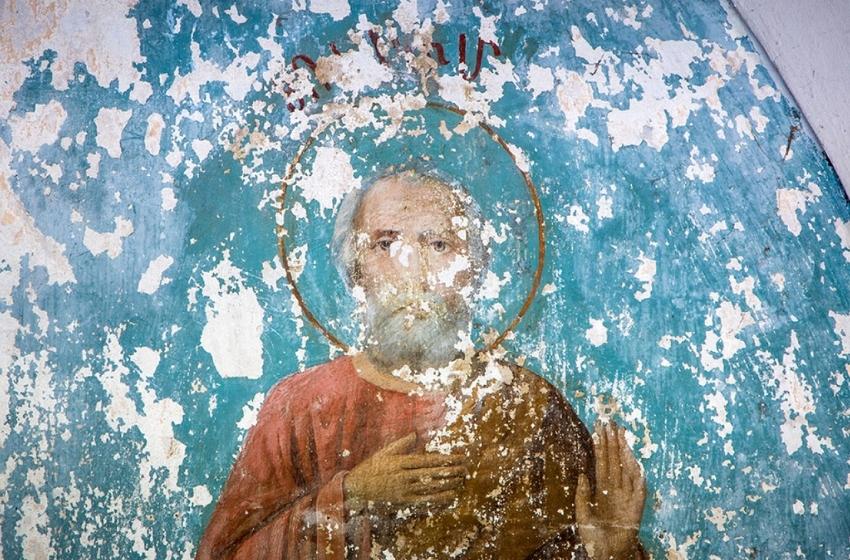Restoration work are about to finish in the Armenian Church of Belgorod-Dnestrovsky, which is an architectural monument of national importance. This fall everyone will be able to visit the temple.
The Armenian Church of the Assumption of the Blessed Virgin Mary in the city of Belgorod-Dnestrovsky is one of the most ancient religious buildings in the Odessa region. The church has been rebuilt many times. It operated until 1940, then there was a museum of atheism. Later this was the base of an archaeological expedition. Returned to the Armenian community in 2013.

According to the assumptions available to scientists, the Armenian Church arose in the 14-15th centuries. Later, by the efforts of local Armenians, it was rebuilt and completed, as a result of which the building was lengthened, the wooden balcony was changed, an altar block appeared, etc. At the beginning of the last century, the structure was given a cruciform appearance, which has survived to this day.
Restoration work on the territory of the Armenian Church of the Assumption of the Virgin today is about to finsh. In the autumn 2021, it will finally open its doors to believers, citizens and guests of the city as a religious building and as a restored architectural monument of national importance.

Let us recall that the Armenian Church of the Assumption of the Blessed Virgin Mary in the city of Belgorod-Dnestrovsky is one of the most ancient religious buildings in the Odessa region and one of the oldest Armenian churches in Eastern Europe. At first, this building served as a monastery. Subsequently, the Greek monks, who lived in the temple, sold it to the Armenian settlers. They built a church, erecting premises for ritual services, an altar block, a Western portico with four columns, and rebuilt the Southern vestibule. The reconstruction of the building continued continuously until the 20th century.

The vaults of the temple are still decorated with hand-painted 16th century paintings and antique marble slabs (khachkars) with carved inscriptions, the earliest of which dates from the 10th century. This symbol of Armenia is considered a real rarity in the outback. Until 1940, the Armenian Church worked, and since 1962 it belonged to the local history museum.
On the territory there is also a Sarmatian crypt built of stone slabs dated 3rd century AD, found on the eastern outskirts of the city.






















